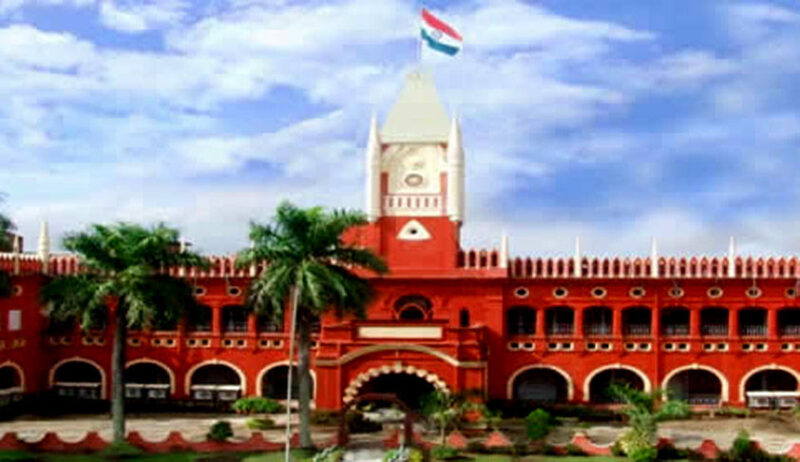
The Gujarat government is spending Rs 1,200 crore to make the Sabarmati Gandhi Ashram a world class tourist spot. But the place where Gandhi started his ashram life is being sidelined nowadays.
Gandhi started his first ashram at Kochrab village near Paldi, on the outskirts of Ahmedabad. When Mohandas Karamchand Gandhi returned home from South Africa and started looking for a place to establish an ashram, Rabindranath Tagore suggested to him to start the ashram in Santiniketan.
Then the people of Rajkot in Gujarat urged Gandhi to establish an ashram, but when Gandhi passed through Ahmedabad many friends chose a place there and started the exercise of establishing an ashram. They said they will bear all the expenses of the ashram.
Gandhi’s barrister friend Jivanlal Vrajrai Desai rented a house in then Kochrab village near Paldi, Ahmedabad and gave it to Gandhi who performed a special puja there on 20 May 1915.
On May 22 he came to live at Kochrab and on 25 May 1915 Kochrab Ashram was established and was named ‘Satyagraha’. The ashram was a witness to Gandhi’s first fast in his initial days of public life. It also witnessed the first movement to remove untouchability from the society, and the seeds of India’s freedom movement were also sown there.
On June 1, 1915, one of the ashram inmates was found to be lying, so Gandhi fasted and he confessed to the lie.
In the beginning 20 to 25 people lived there with Gandhi, including South Africans, South Indians and Telugu speakers. Apart from this, his wife Kasturba Gandhi, Gujarati poet Sundaram, Naykar, Rukhiben, Santokben, Manilal, Radhaben, Ramdas, Devdas, Gujarati and Konkani writer Kakasaheb Kalelkar, Vinoba Bhave, Mamasaheb Phadke, Amritalal Thakkar aka Thakkarbapa, Doodabhai, Daniben, Lakshmiben and Swamiyanand were staying in Kochrab Ashram.
Pravin Parikh, director of Sabarmati Gandhi Ashram, told IANS that the ashramvasis first encounter with untouchability is a well known incident. After three to four months of the ashram’s establishment, Dudabhai and his family came to the ashram with a reference from Gandhi’s old friend Thakkarbapa.
As Dudabhai, his wife, Dahibahen, and his daughter Laxmibahen came to the ashram, Kasturba and Raliatben, Gandhi’s elder sister, opposed them. Gandhi had a big argument with his sister and Raliatben left the ashram. Gandhi tried to convince Kasturba, but many other inmates who also believed strongly in untouchability were not happy with Dudabhai’s family being there and were not cooperating with them.
Gandhi came to know about this through ashram manager Maganbhai. He told everyone that he would go and live with Dudabhai’s community, but he won’t drive them out of the ashram. Gradually all the businessmen and the ashram’s donors came to know about this incident and they stopped their donations. They had put a condition before Gandhi before starting the donations to not support untouchables. Gandhi had remained silent and did not promise anything.
Gandhi was left with two days’ ration, so they were about to leave the place. Suddenly, industrialist Ambalal Sarabhai, father of scientist Vikram Sarabhai, reached there and gave a cheque of Rs 13,000 to Gandhi. This enabled them to stay on for about two years.
Now the ashram which started with 25 people increased to 80 and it became too crowded. There was also an outbreak of plague in the Paldi and Kochrab area. To save the inmates’ lives and to have more space this ashram was shifted to Sabarmati.
Pravin Parikh shares an interesting anecdote about the first meeting of Gandhi and Vinoba. Parikh said Vinoba was confused about taking the path of spiritualism and going to the Himalayas and someone suggested he meet Mahatma Gandhi. Vinoba thought of Gandhi as a spiritual saint.
Gandhi was cutting vegetables for cooking when Vinoba reached him. Gandhi made him sit and cut vegetables with him. Vinoba was surprised to see Gandhi and thought what kind of a Mahatma is this. Vinoba then went on to stay with Gandhi for two years.






